Home Sweet Anywhere
How We Sold Our House, Created a New Life, and Saw the World
A growing number of retired baby boomers with enough money to live anywhere in the world are beginning to do just that. Their theory: if you can afford to retire in the US, you can afford to retire in Europe, South America, Asia or anywhere else. Instead of sitting at home waiting for your retirement check every month, you could be sitting in a sidewalk bistro in Paris, waiting for your retirement check. The cost is the same, but the ambiance is definitely different. And if the ambiance gets boring, move on to a new one.
Lynne and Tim Martin were happily retired in California, but still wanted to see the world. For them, to travel extensively and still maintain a home in California was expensive and bothersome. They got together with a financial advisor, crunched the numbers and added them up. The best financial way for them to go was to sell the house and invest the proceeds. With those funds plus their retirement income, they would theoretically have enough money to live anywhere. And they had an escape plan. If they got tired of traveling, or too ill or old to travel, they could reverse the financial process and move back into a house.
They cashed in the house and packed their bags, heading to Mexico to test the concept. Living for three months in San Miguel de Allende proved to be fun and satisfying, so they moved on to extended stays in Buenos Aires, Turkey, Paris, Italy, Britain, Ireland, Morocco, and Portugal. Some were huge successes, one was a disappointment, but all were fun.
This book is Lynne Martin’s personal memoir of their travels, how they did it, and what they learned. And for now at least, they don’t plan to stop. Her story is positive, outgoing, and adventuresome, full of good vibrations and happy outcomes. Continuously interwoven throughout the book are excellent descriptions of good food eaten and new people met. It turns out that there is a growing community of international retirees who stay put for a few weeks or months in one spot, then move on to another interesting location for another extended stay. These retired travelers mix in with the local population and adapt to their cultural habits, developing meaningful friendships within both the local and mobile communities.
Is such a life “on the road” really practical? The answer, of course, is yes, if you have a positive attitude, a stable retirement income, and a wry sense of humor that can transform occasional frustrations into opportunities for adventure and insight. If you hate to travel, then stop reading. Stay home. Watch TV. If you’ve always loved to travel, then the message of this book is don’t stop when you retire. Instead, expand the concept and become a full-time bon vivant et raconteur.
Well written and easy to read, Martin gives you all the details you need to know, and tries to answer all the questions you might have. Medical insurance, for instance, is discussed. How to make travel plans. How to choose locations to live. How to travel less expensively without creating hardships for yourself, and more.
In addition to the “how to” information, Lynne Martin tells us about the people and events she and her husband Tim encountered as their travels progressed. In a quiet vignette full of insight she tells us about bridging the cultural gap with a Turkish backgammon game in the shade. Her observations on the habits of the commuters riding a French city bus are wonderful. Shoppers with their elbows out in Italy brings out her street-fightin’ man side. Throughout the book you can feel the weather and taste the food. Her descriptions left me feeling like I was tied to my front door as her sirens’ song of travel passed me by.
It’s all good, but maps of the cities would have been fun to see. Where, exactly, did they stay in Paris or Trieste? And, where, exactly, is Trieste? I think it’s on the east coast of Italy, but I’m bit vague beyond that. I’d also like to see in this book the excellent photos of the food and the people that Lynne regularly posts on her blog. Her color pictures, in combination with her direct and graceful way of describing her surroundings, make the events really jump off the page.
An Introduction sets the scene, then 13 Chapters, from “Packing Up” to “Portugal” fill us in on the Martins’ travels. An Epilogue titled “Postpone Nothing” leads into “The Learning Curve: Things the Guidebooks Won’t Teach You,” which tells you about Visas, Money, Mail, Health Insurance and many, many other topics, all necessary if you are thinking of making the jump.
Danger: this book may ignite wanderlust.
Copyright 2014, Bill Ingalls (speedreaders.info)


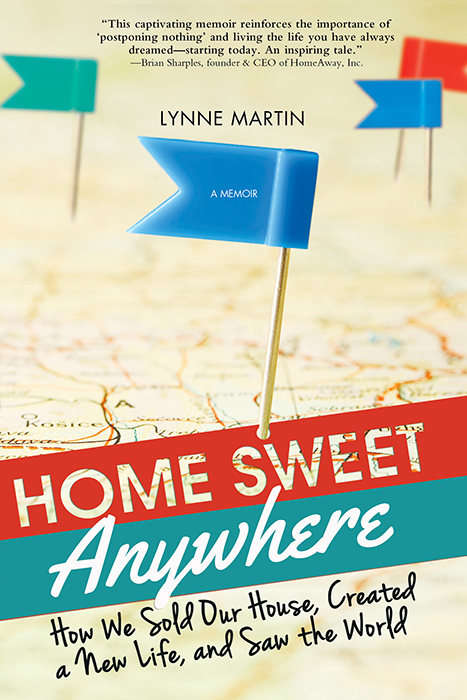
 RSS Feed - Comments
RSS Feed - Comments

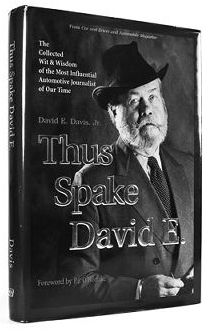



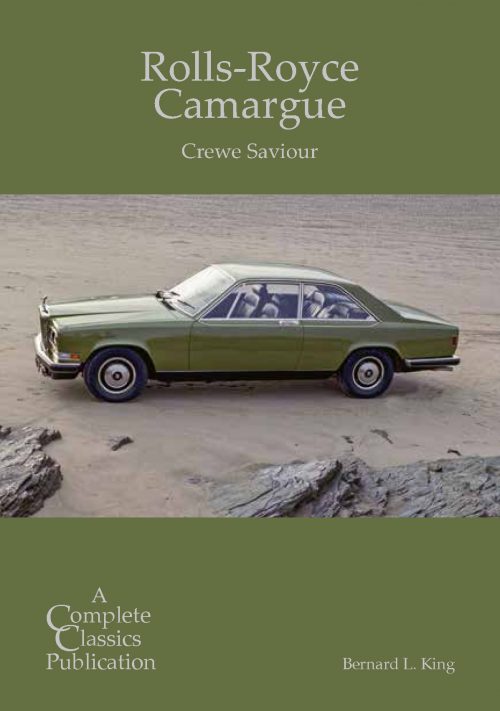
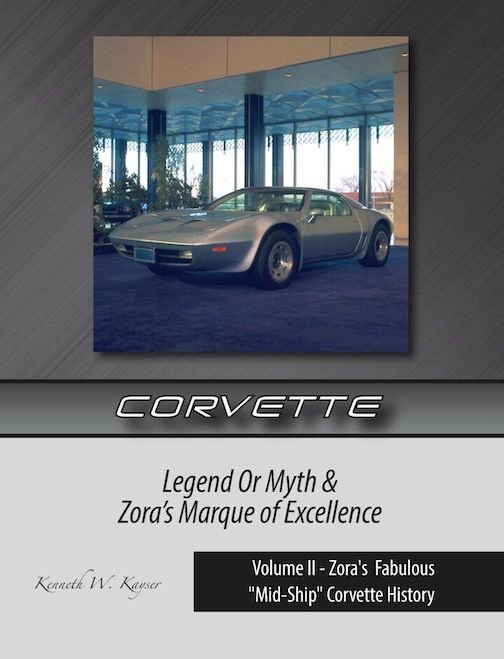

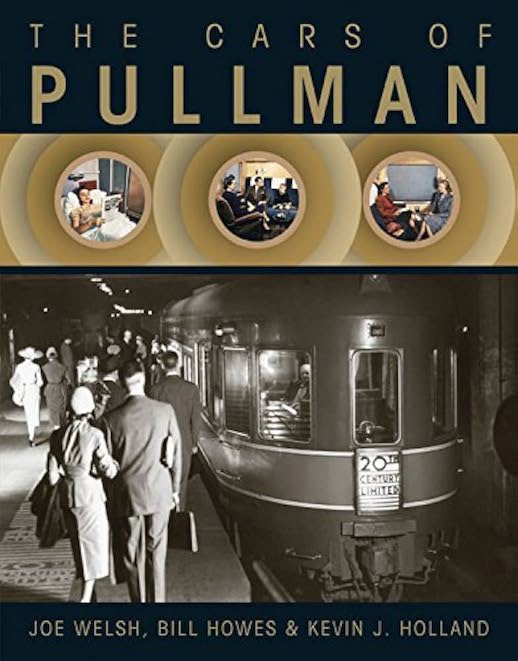
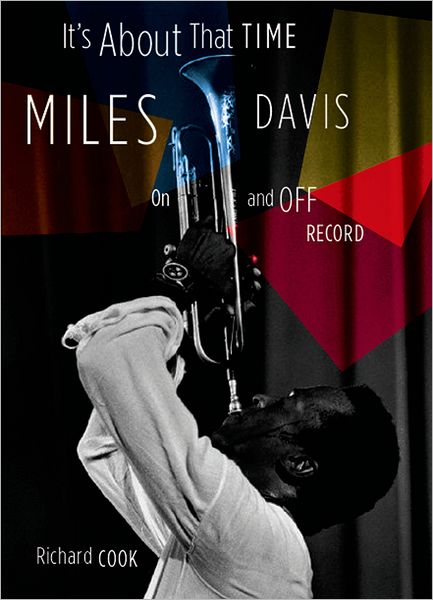
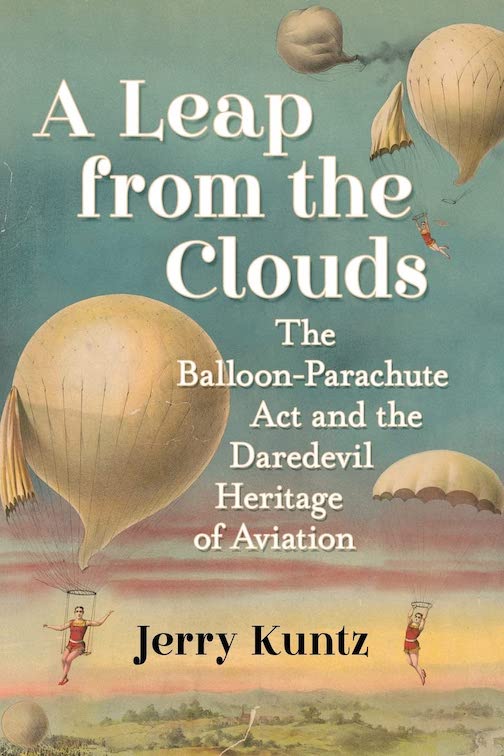

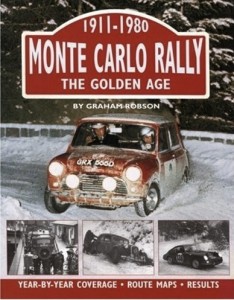

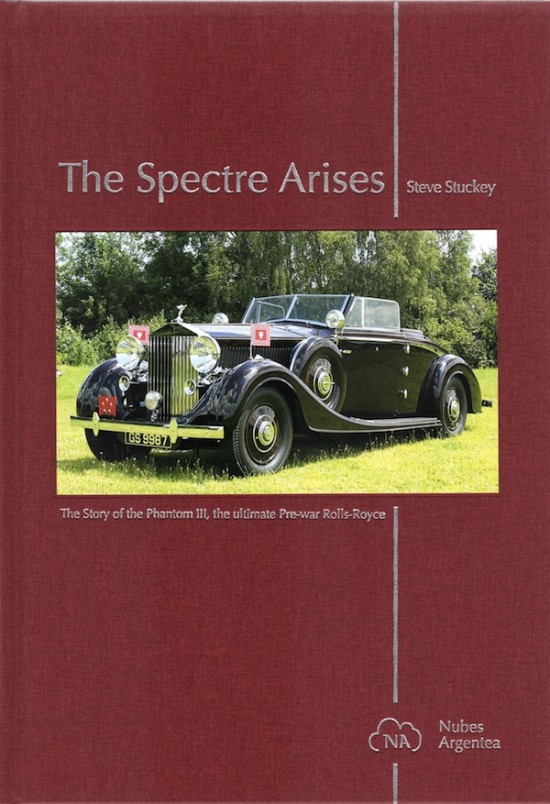


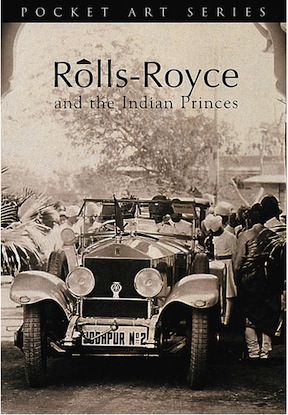
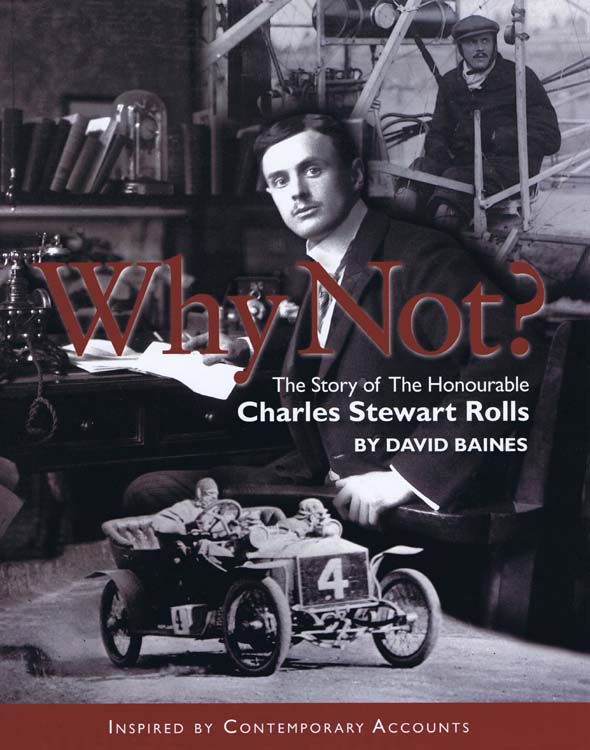








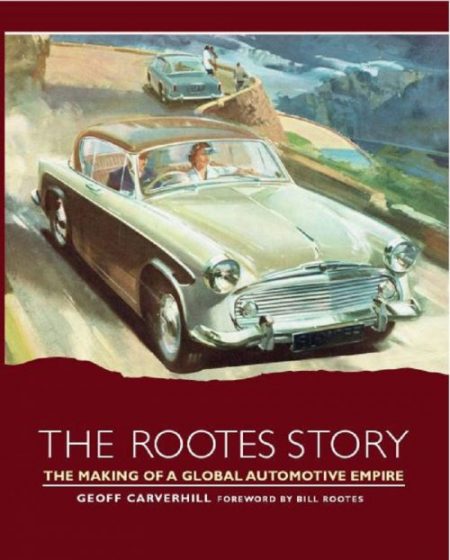

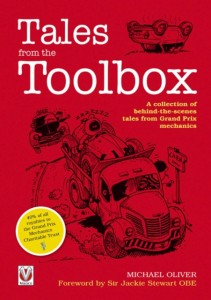





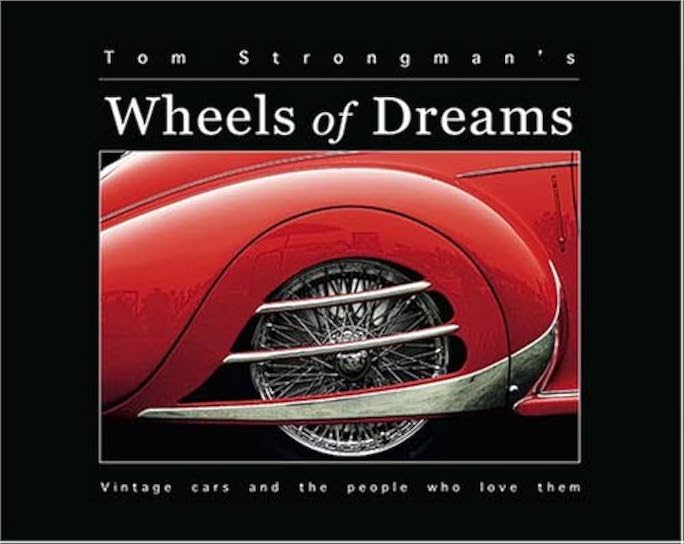






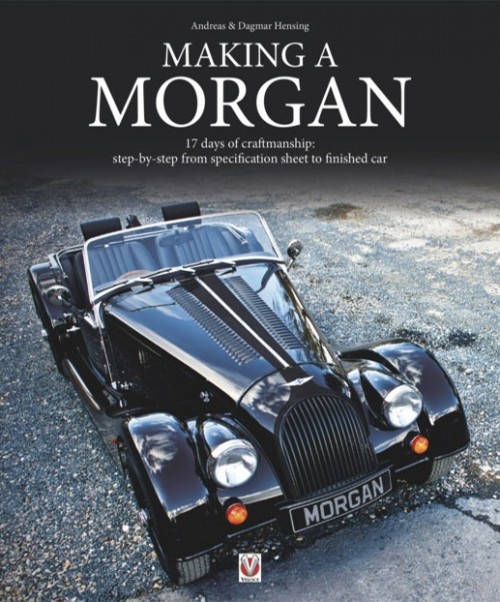



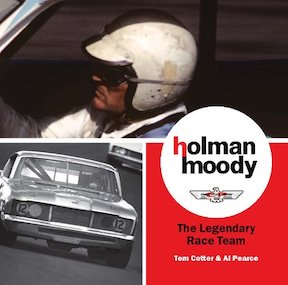











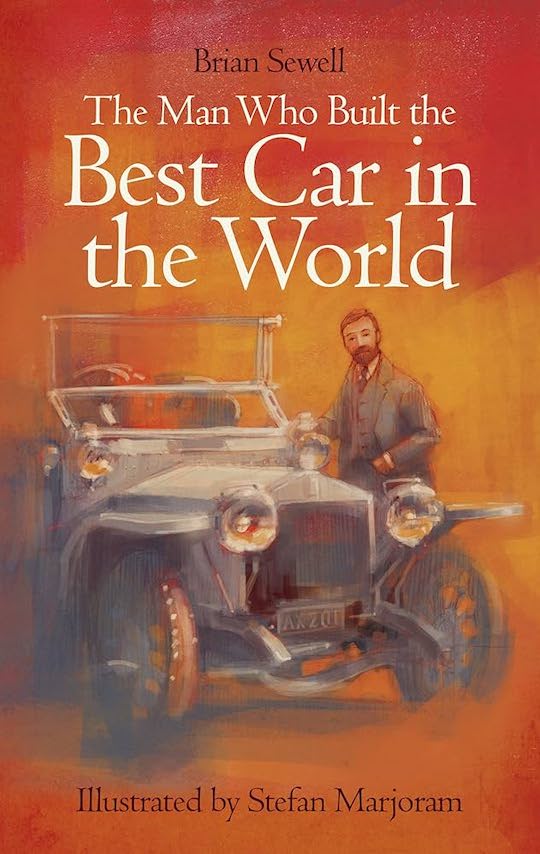
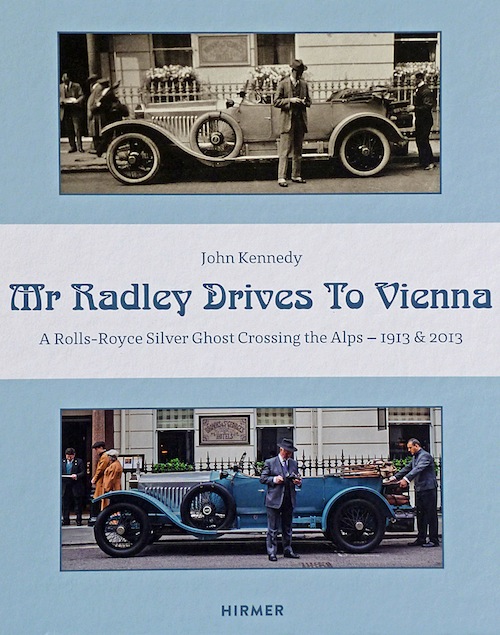


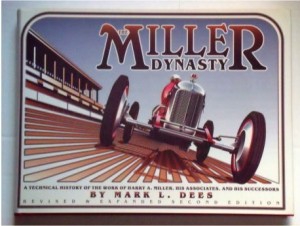





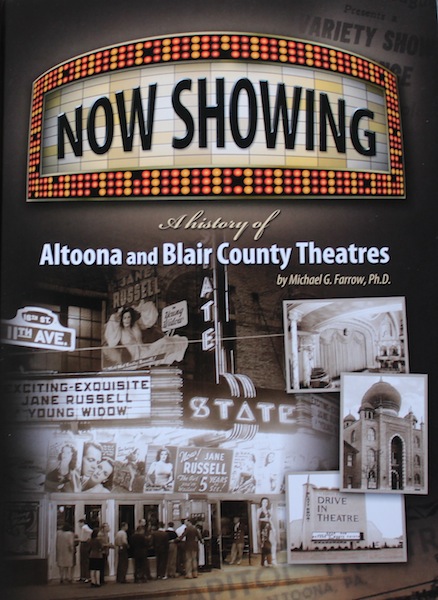

 Phone / Mail / Email
Phone / Mail / Email RSS Feed
RSS Feed Facebook
Facebook Twitter
Twitter